Related Research Articles

A comet is an icy, small Solar System body that warms and begins to release gases when passing close to the Sun, a process called outgassing. This produces an extended, gravitationally unbound atmosphere or coma surrounding the nucleus, and sometimes a tail of gas and dust gas blown out from the coma. These phenomena are due to the effects of solar radiation and the outstreaming solar wind plasma acting upon the nucleus of the comet. Comet nuclei range from a few hundred meters to tens of kilometers across and are composed of loose collections of ice, dust, and small rocky particles. The coma may be up to 15 times Earth's diameter, while the tail may stretch beyond one astronomical unit. If sufficiently close and bright, a comet may be seen from Earth without the aid of a telescope and can subtend an arc of up to 30° across the sky. Comets have been observed and recorded since ancient times by many cultures and religions.

Charles Messier was a French astronomer. He published an astronomical catalogue consisting of 110 nebulae and star clusters, which came to be known as the Messier objects, referred to with the letter M and their number between 1 and 110. Messier's purpose for the catalogue was to help astronomical observers distinguish between permanent and transient visually diffuse objects in the sky.
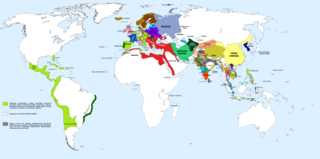
Year 1556 (MDLVI) was a leap year starting on Wednesday of the Julian calendar.
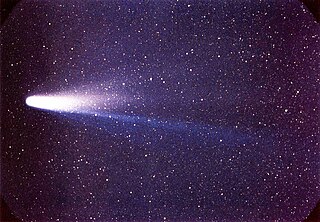
Halley's Comet, Comet Halley, or sometimes simply Halley, officially designated 1P/Halley, is the only known short-period comet that is consistently visible to the naked eye from Earth, appearing every 75–79 years. It last appeared in the inner parts of the Solar System in 1986 and will next appear in mid-2061.
The year 1910 in science and technology involved some significant events, listed below.
The year 1806 in science and technology involved some significant events, listed below.

Jacques Cassini was a French astronomer, son of the famous Italian astronomer Giovanni Domenico Cassini. He was known as Cassini II.

Maria Mitchell was an American astronomer, librarian, naturalist, and educator. In 1847, she discovered a comet named 1847 VI that was later known as "Miss Mitchell's Comet" in her honor. She won a gold medal prize for her discovery, which was presented to her by King Christian VIII of Denmark in 1848. Mitchell was the first internationally known woman to work as both a professional astronomer and a professor of astronomy after accepting a position at Vassar College in 1865. She was also the first woman elected Fellow of the American Academy of Arts and Sciences and the American Association for the Advancement of Science.
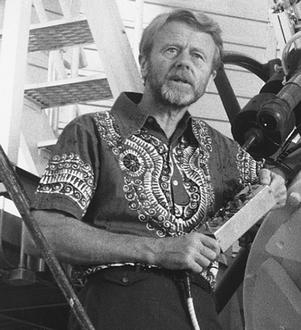
Anton M.J. "Tom" Gehrels was a Dutch–American astronomer, Professor of Planetary Sciences, and Astronomer at the University of Arizona, Tucson.

Guillaume Rondelet, also known as Rondeletus/Rondeletius, was Regius professor of medicine at the University of Montpellier in southern France and Chancellor of the University between 1556 and his death in 1566. He achieved renown as an anatomist and a naturalist with a particular interest in botany and ichthyology. His major work was a lengthy treatise on marine animals, which took two years to write and became a standard reference work for about a century afterwards, but his lasting impact lay in his education of a roster of star pupils who became leading figures in the world of late-16th century science.

Mary Proctor was a British-American popularizer of astronomy. While not a professional astronomer, Proctor became well known for her books and articles written for the public – particularly her children's fiction.
Maria Margaretha Kirch was a German astronomer. She was one of the first famous astronomers of her period due to her writing on the conjunction of the sun with Saturn, Venus, and Jupiter in 1709 and 1712 respectively.
Phaeton was the hypothetical planet hypothesized by the Titius–Bode law to have existed between the orbits of Mars and Jupiter, the destruction of which supposedly led to the formation of the asteroid belt. The hypothetical planet was named for Phaethon, the son of the sun god Helios in Greek mythology, who attempted to drive his father's solar chariot for a day with disastrous results and was ultimately destroyed by Zeus.

CorneliusGemma was a Flemish physician, astronomer and astrologer, and the oldest son of cartographer and instrument-maker Gemma Frisius. He was a professor of medicine at the Catholic University of Leuven, and shared in his father's efforts to restore ancient Ptolemaic practice to astrology, drawing on the Tetrabiblos.
The Great Comet of 1556 was a comet that first appeared in February 1556, and which was observed throughout much of Europe. The comet appears to have been seen in some places before the end of February, but it was not generally observed until the middle of the first week in March. Its apparent diameter was equal to half that of the Moon, and the tail was said to resemble "the flame of a torch agitated by the wind." Cornelius Gemma said that the head of the comet, when it first appeared, was as large as Jupiter, and that its color resembled that of Mars.

Galileo di Vincenzo Bonaiuti de' Galilei, commonly referred to as Galileo Galilei or simply Galileo, was an Italian astronomer, physicist and engineer, sometimes described as a polymath. He was born in the city of Pisa, then part of the Duchy of Florence. Galileo has been called the father of observational astronomy, modern-era classical physics, the scientific method, and modern science.
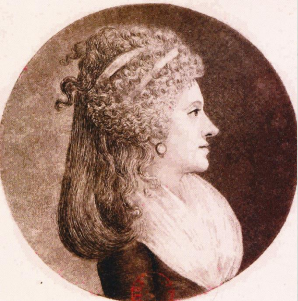
Marie-Jeanne Lefrançois de Lalande, born Marie-Jeanne Harlay, was a French astronomer and mathematician.
The year 1554 CE in science and technology included a number of events, some of which are listed here.
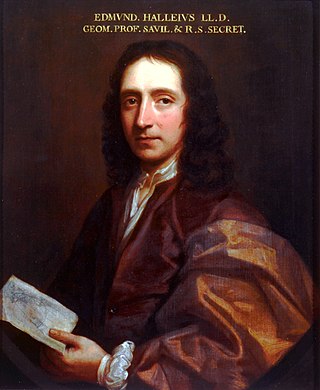
EdmondHalley was an English astronomer, mathematician and physicist. He was the second Astronomer Royal in Britain, succeeding John Flamsteed in 1720.
Margaretha Kirch was a German astronomer from Berlin.
References
- ↑ International Association of Engineering Geology International Congress (1990). Proceedings. ISBN 90-6191-664-X.[ author missing ][ title missing ][ page needed ][ verification needed ]
- ↑ Seargent, David (2009). The Greatest Comets in History: Broom Stars and Celestial Scimitars. New York: Springer Science+Business Media. ISBN 978-0-387-09512-7.
- ↑ Grun, Bernard (1991). The Timetables of History (3rd ed.). New York: Simon & Schuster. p. 245. ISBN 0-671-74919-6.
- ↑ Charton, Barbara (2003). A to Z of marine scientists. Infobase Publishing. ISBN 978-0-8160-4767-3.